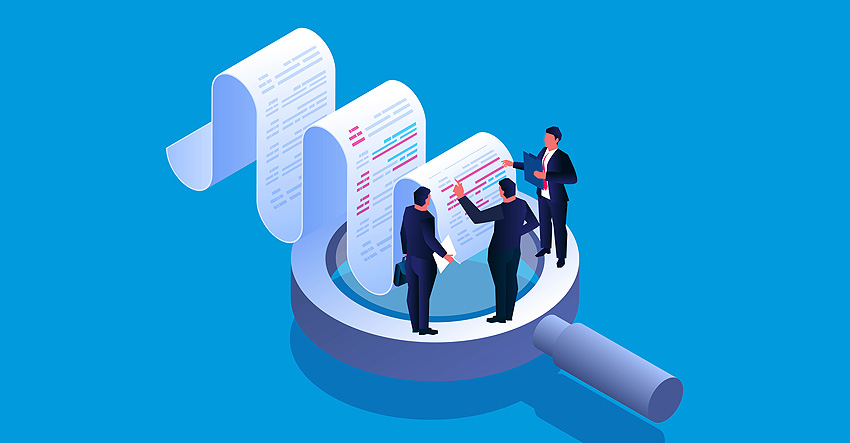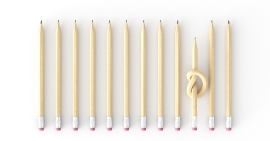Payments made with your card that you have not authorised.
15/02/2022
You may occasionally have seen a charge to your account for use of your card that you don’t remember, but normally you rack your brains and it comes back to you. At some point, however, you may not recognise the transaction because, quite simply, you didn’t authorise it. This would be a charge that has been made as a result of your card being fraudulently used, because it has been lost, stolen, or even cloned (which is increasingly rare) or because your data have been stolen. When this happens, the sooner you act, the better.
If you are sure you don’t recognise a charge, you need to contact the card issuer or the bank where you have your account as soon as possible, even though legally you have 13 months from the debit date to make the claim. If the charge is the result of a fraudulent use of a payment card, it needs to be addressed as soon as possible to avoid any further charges.
Banks often have a form for reporting unrecognised charges, either at their branches or on their website, where customers can provide details of the transaction date and amount and, where applicable, the name of the shop where the charge was made. Depending on the circumstances, you may be asked to provide a police report.
Once you inform your bank, you won’t be liable for any charges for subsequent unauthorised transactions, and the bank is required to respond and refund the amount of transactions that it deems to be unauthorised by the end of the following working day. However, it is not required to do so if it considers that the charges are the result of fraud or serious negligence by the cardholder, especially as regards their obligations to look after the payment instrument, make proper use of it and protect its security features. For this reason, banks often deem that charges have been formally authorised when cyber criminals, having deceived the cardholder into providing the card’s security code, have used the data fraudulently.
To avoid finding yourself in this situation, remember to:
- Only enter your card data into secure websites.
- Read the small print of the services and subscriptions you pay for by card, as they may be subject to automatic renewal unless you specify you wish to cancel them.
- Look after your cards and security features properly. This includes any other instruments that can be used to make payments, like your mobile phone or your watch.
- Regularly check the charges that appear in your card or bank statement. It will be easier to check them if you keep your payment receipts.
- Inform your bank or card issuer immediately if your card is lost or stolen or you see any charges you don't recognise. Many banking apps allow you to temporarily block your card to stop it from being used.
- Refrain from giving any data by phone or email or after clicking on a link that you receive by SMS or email that you wouldn’t give to someone on the street, even if the call or message appears to come from a secure source.
For more information, visit our section on cards



